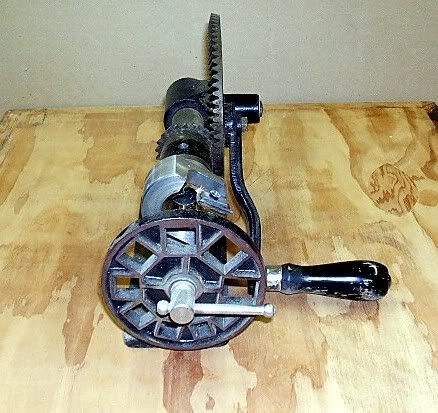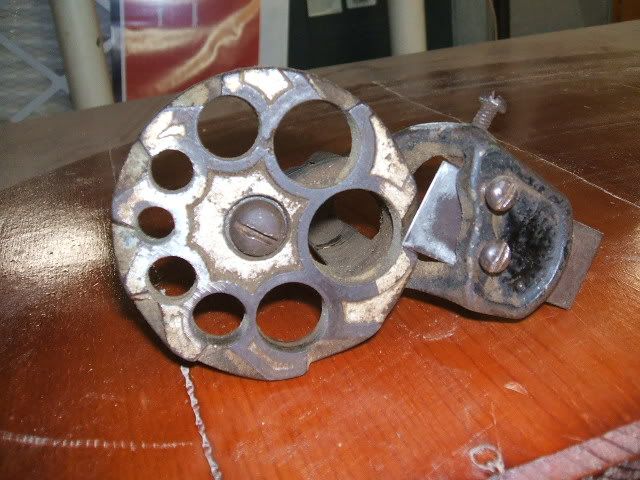Don't over think it guys
Here is a video of me making a "dowel"
I made my plate from scrap steel, it's not quite 6mm thick and is covered in paint.
I drilled an array of holes using every drill bit i had at the time 6mm through 13mm
I have used it for 5 years now and never "sharpened it" or tapered the holes. both of which I'm sure would improve it's use and finish of the end product but for pinning joints, round is round.
But this makes good dowels.
If I'm making whole bunch i put a bucket under the bench and use the next one to push the first one through. it's pretty efficient. When i made 12 large entrance doors last year i made a dowel jig for the router and that is worth the effort too.





 Reply With Quote
Reply With Quote








 Jr.
Jr. 
